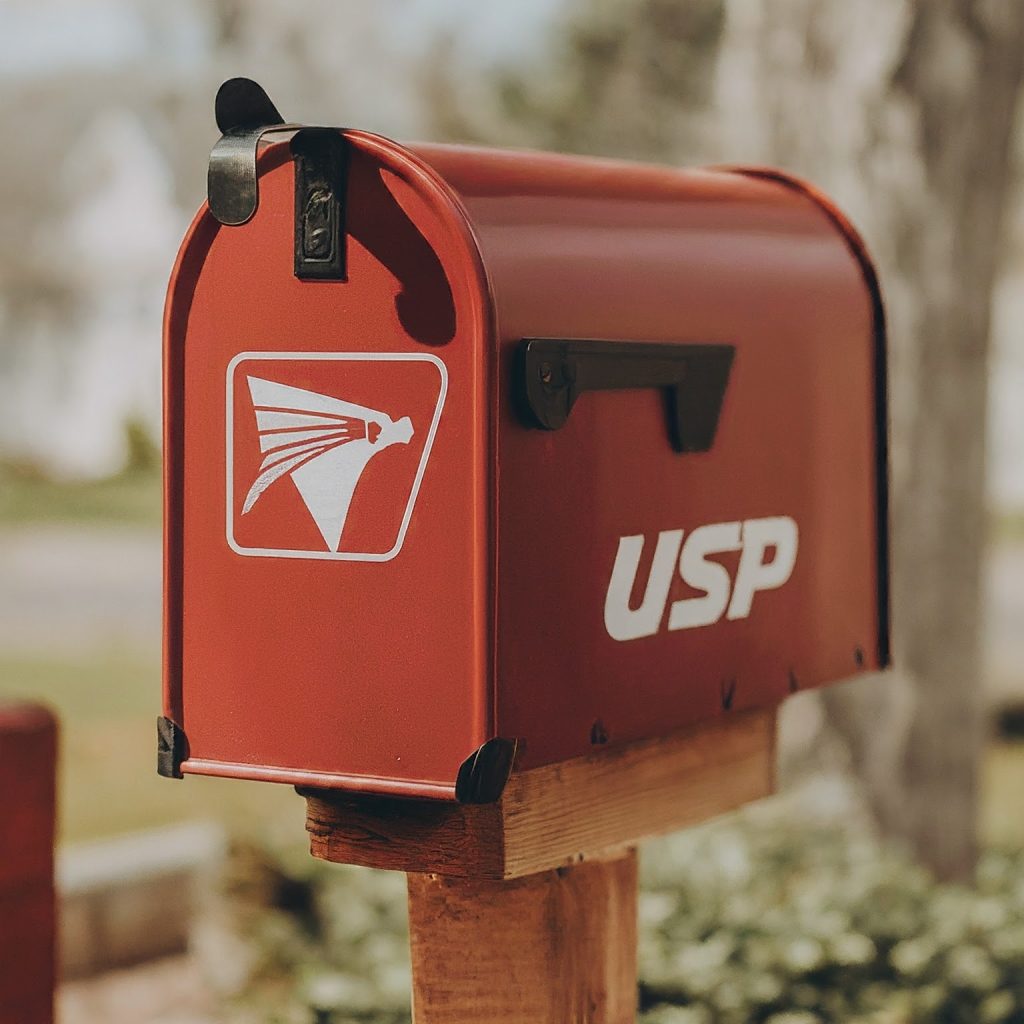The United States Postal Service (USPS) zip code, a seemingly simple combination of five digits, is a critical component of the nation’s mail delivery infrastructure. This exclusive article delves into the significance of USPS zip codes, exploring their history, format, functions, and the impact they have on mail delivery efficiency.

A Brief History of USPS Zip Codes
USPS zip codes were introduced in 1963 as a way to improve the speed and accuracy of mail delivery. Prior to their implementation, mail sorting was a laborious and time-consuming process, often leading to delays and misdirected mail. The introduction of zip codes revolutionized the way mail was processed, allowing for automated sorting and faster delivery times.
The term “ZIP” is an acronym for “Zone Improvement Plan,” reflecting the system’s goal of improving mail delivery efficiency. Initially, zip codes consisted of five digits, representing specific geographic areas within the United States. In 1983, the USPS expanded the system to include an additional four digits, known as the ZIP+4 code, which further refined the delivery location.
Format and Structure of USPS Zip Codes
USPS zip codes follow a specific format and structure:
- ZIP Code: The first five digits of a zip code represent a general geographic area, such as a city or town. The first digit designates a national area, the second and third digits represent a sectional center facility (SCF), and the last two digits identify a specific post office or delivery area.
- ZIP+4 Code: The additional four digits of a ZIP+4 code provide more specific information about the delivery location, such as a street segment, building, or group of apartments. This enhanced precision allows for more efficient mail sorting and delivery.
Functions of USPS Zip Codes
USPS zip codes serve several critical functions:
- Mail Sorting and Delivery: The primary function of zip codes is to facilitate mail sorting and delivery. Automated sorting machines use zip codes to quickly and accurately route mail to its destination. This significantly reduces manual labor and speeds up the delivery process.
- Calculating Shipping Costs: Many shipping carriers, including the USPS, use zip codes to calculate shipping costs. The distance between the origin and destination zip codes, along with the weight and dimensions of the package, are factors that determine the shipping cost.
- Demographic Analysis: USPS zip codes are often used for demographic analysis and marketing purposes. Businesses and organizations can use zip code data to identify target markets, analyze customer demographics, and tailor their marketing campaigns accordingly.
- Emergency Services: In emergencies, providing your zip code to 911 operators can help them quickly determine your location and dispatch the appropriate response teams. This can be crucial in situations where time is of the essence.
How to Find and Use Your USPS Zip Code
There are several ways to find your USPS zip code:
- Check Your Mail: Your zip code will be printed on any mail you receive at your address.
- USPS Zip Code Lookup Tool: The USPS provides an online zip code lookup tool on their website where you can enter your address to find your zip code.
- Ask Your Neighbors or Local Post Office: If you’re unsure of your zip code, you can ask your neighbors or visit your local post office for assistance.
Common Mistakes to Avoid
- Incorrect Format: Ensure you enter the correct format for your zip code (five digits or five digits plus four for ZIP+4).
- Outdated Information: If you’ve recently moved, make sure to update your address with the USPS to ensure you receive mail at your new location.
- Typos: Double-check your entries to avoid typos, as even a single incorrect digit can result in your mail being misdirected.
In Conclusion
The USPS zip code is a seemingly simple but vital component of the mail delivery system. Its implementation revolutionized mail sorting and delivery, making it faster and more efficient. Understanding the significance of zip codes and how to use them correctly is essential for ensuring your mail reaches its intended destination promptly.
As technology continues to evolve, the USPS is constantly exploring ways to improve its services, including the use of zip codes. By leveraging the power of zip codes and other technological advancements, the USPS aims to continue providing reliable and efficient mail delivery services to all Americans.
لا تعليق